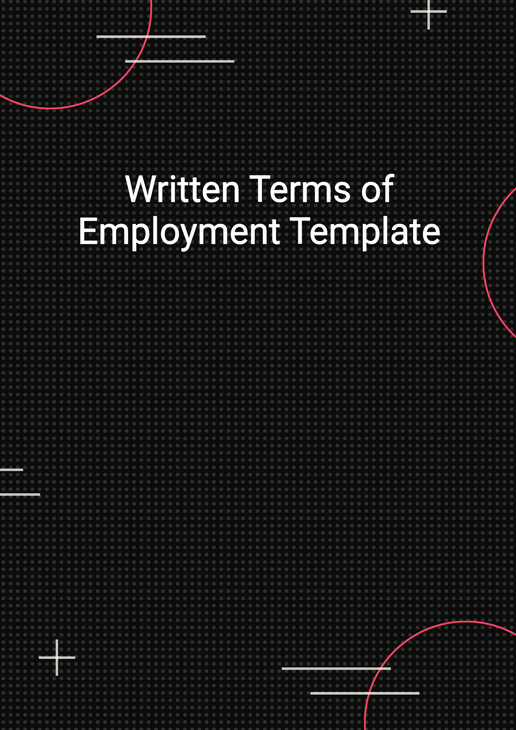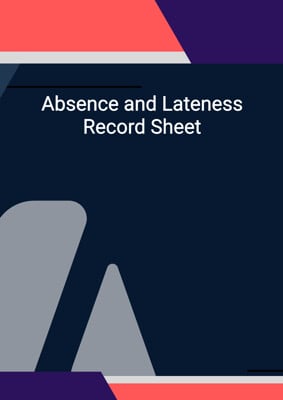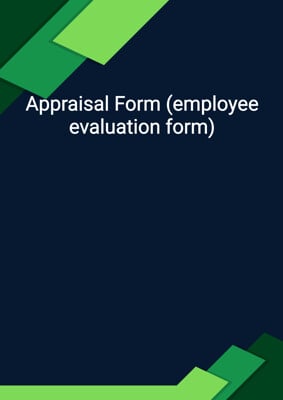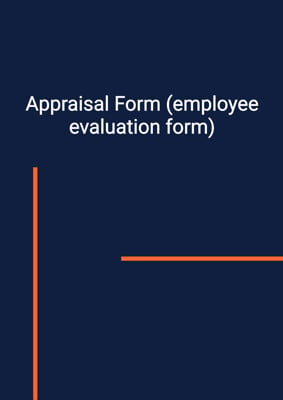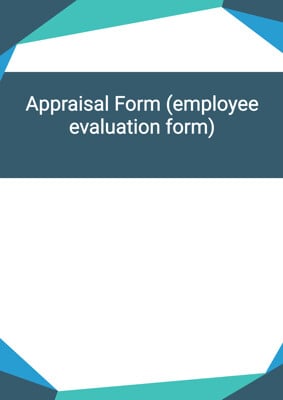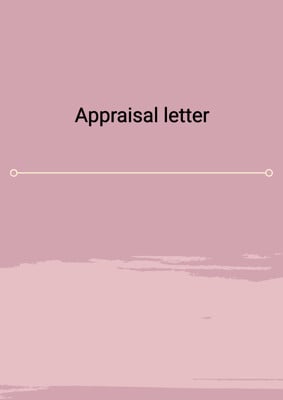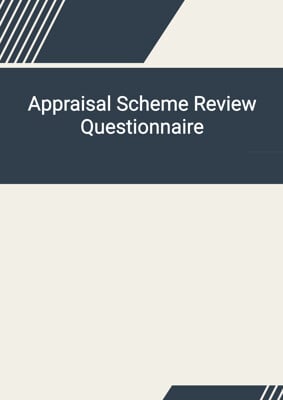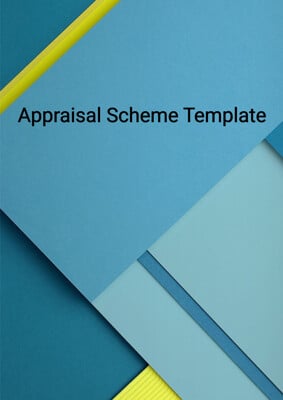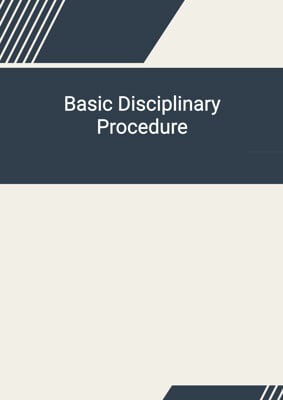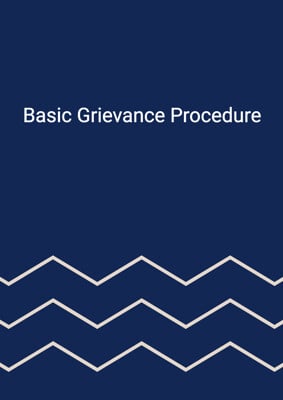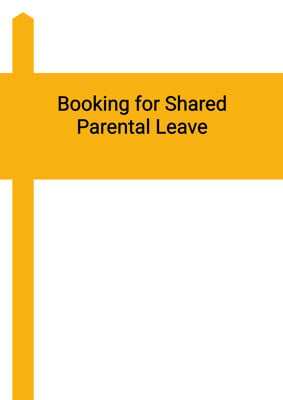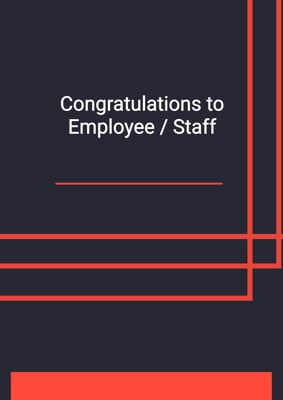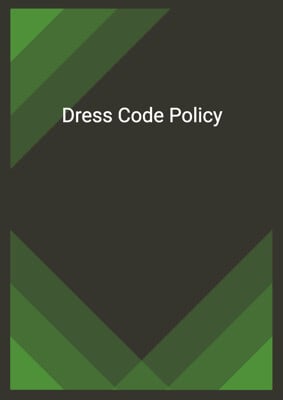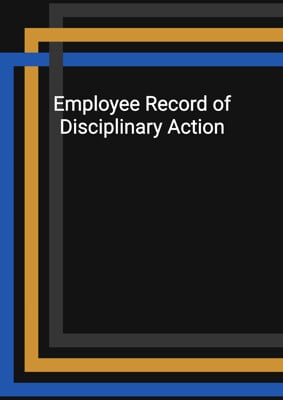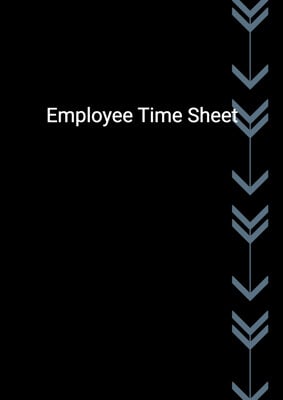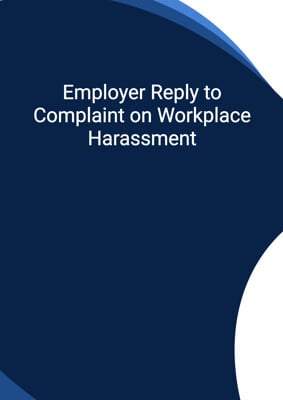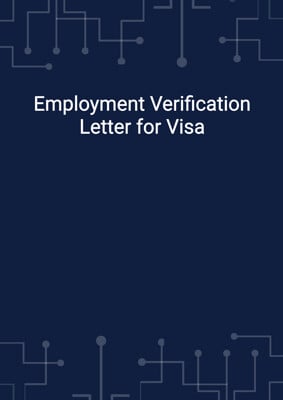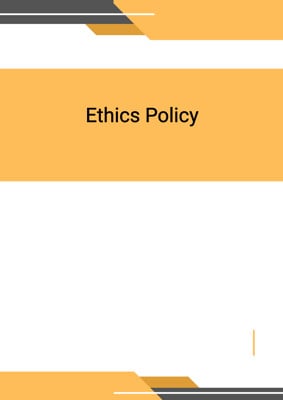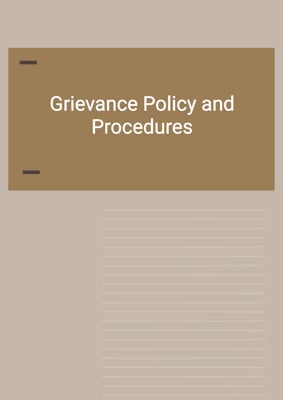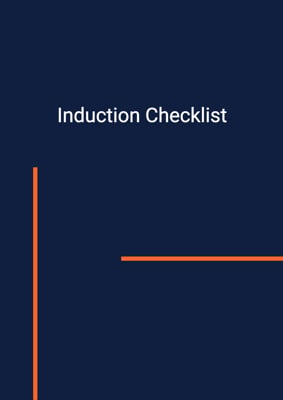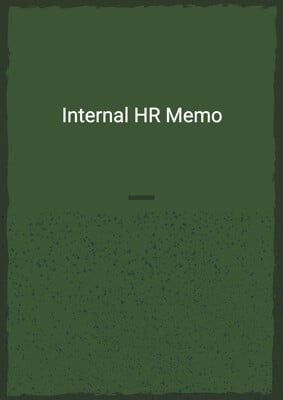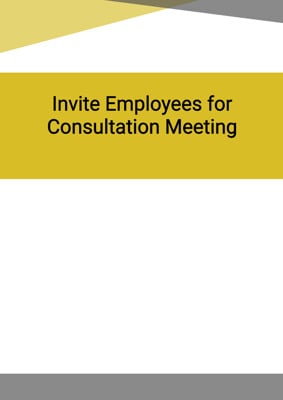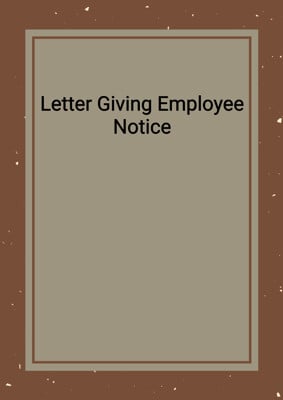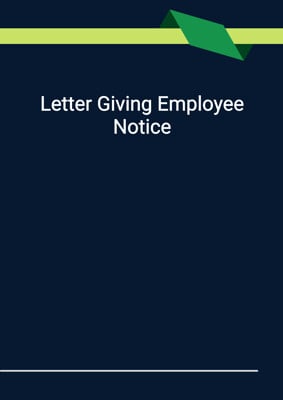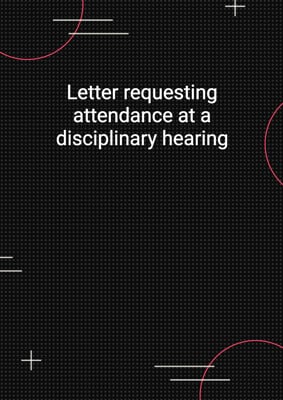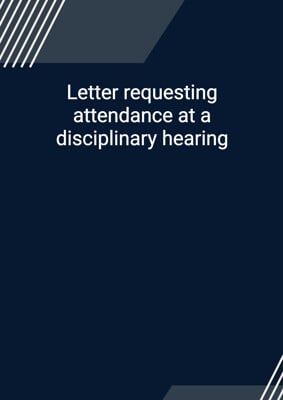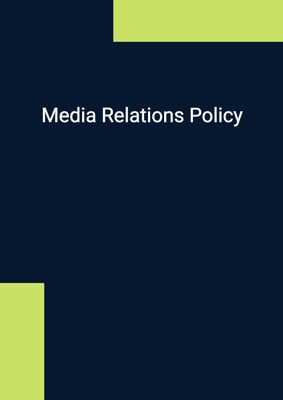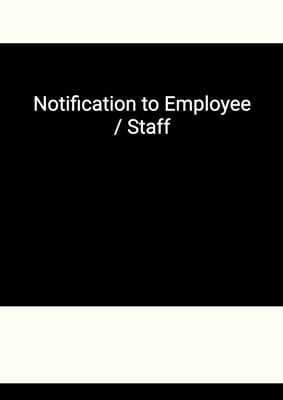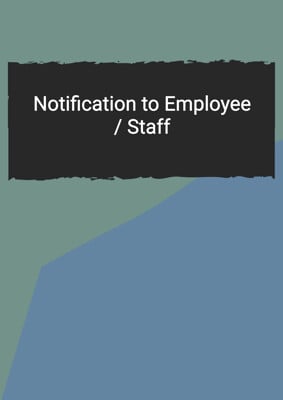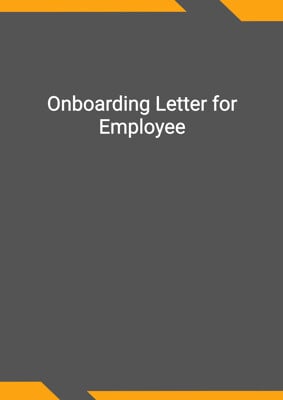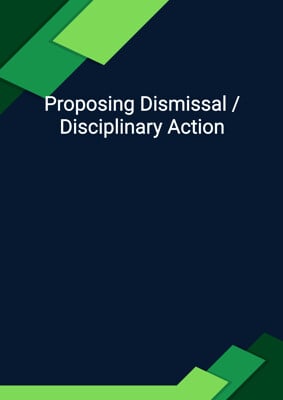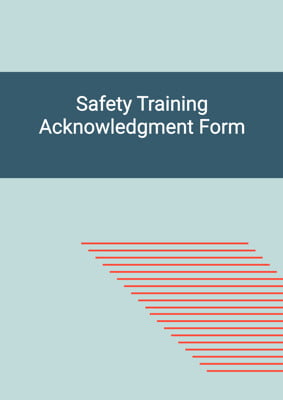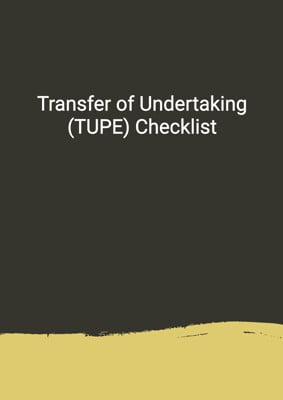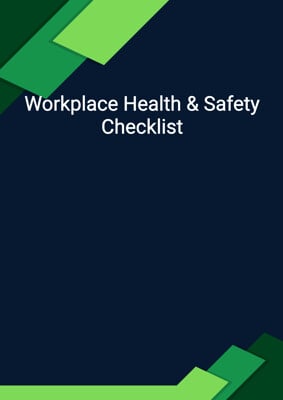How to Tailor the Document for Your Need?
01
Create Document
Click "Create Document" button and the document will be prepared with your account details automatically filled in.
02
Fill Information
Please fill in any additional information by following the step-by-step guide on the left hand side of the preview document and click the "Next" button.
03
Get Document
When you are done, click the "Get Document" button and you can download the document in Word or PDF format.
04
Review Document
Please review the document carefully and make any final modifications to ensure that the details are correct before publication / distribution.
Document Preview
Document Description
The document titled 'Written Terms of Employment Template' is a comprehensive written agreement that outlines the terms and conditions of employment between an employer and an employee. It is of utmost importance as it serves as a legally binding contract that protects the rights and obligations of both parties involved.
The entire document is divided into multiple sections, each addressing a specific aspect of the employment relationship. The first section includes the names of the employee and employer, establishing their identities and confirming the start date of the employment. It also clarifies whether any previous employment is considered as part of the 'continuous employment' period.
The second section focuses on the job title or a brief description of the job. It provides flexibility by allowing the use of either a job title or a brief description to accurately define the employee's role and responsibilities. It also mentions the possibility of amending the job description and undertaking additional duties as required by the employer.
The third section covers the employee's pay, specifying the terms of scale or rate of pay and the frequency of payment. It ensures transparency and clarity regarding the employee's remuneration.
The fourth section addresses the place of work, indicating the normal place of work and the possibility of being required to work at other locations. It also mentions the potential for working abroad and outlines the terms and conditions related to such assignments.
The fifth section deals with working hours, stating the normal working days and hours. It also allows for the inclusion of variable hours or days of work, providing flexibility in scheduling.
The sixth section focuses on holiday entitlement, providing details of the employee's entitlement to annual leave and accrued holiday pay on termination.
The seventh section covers other benefits, including health insurance, gym membership, or the use of a company vehicle. It clarifies the eligibility criteria and the start date of entitlement.
The eighth section addresses absence and sick pay, outlining the employee's obligations to inform the employer of any absences and the requirements for self-certification or obtaining a doctor's certificate. It also mentions the possibility of being entitled to statutory or contractual sick pay.
The ninth section discusses other paid leave, such as maternity leave, adoption leave, paternity leave, shared parental leave, time off for dependants, and bereavement leave. It also mentions the availability of additional paid leave, such as compassionate leave or sabbatical leave, and provides information on where employees can access the respective policies.
The tenth section briefly mentions pension arrangements, stating that the details will be provided within two months of the start of employment.
The eleventh section covers training, offering in-house and external training opportunities. It may also require the completion of compulsory training courses, which will be paid for by the organization.
The twelfth section addresses the probationary period, stating whether it exists and providing details of the terms during that period.
The thirteenth section specifies the notice period required to end the employment, either during or after the probationary period.
The fourteenth section mentions the possibility of collective agreements and provides space to specify any relevant agreements.
The fifteenth section outlines the grievance procedure, stating how employees can raise grievances and where they can find the applicable procedure.
The sixteenth section discusses disciplinary rules and procedures, providing information on how disciplinary decisions can be appealed.
The document concludes with spaces for the employee's signature, date, and the manager's signature on behalf of the organization, confirming the receipt and acceptance of the terms outlined in the document.
How to use this document?
1. Review the document: Familiarize yourself with the entire document to understand its purpose and importance in establishing the terms and conditions of employment.
2. Fill in the employee and employer details: Enter the names of the employee and employer in the designated sections, ensuring accurate identification of both parties.
3. Specify the start date and continuous employment: Provide the start date of the employment and determine whether any previous employment counts towards the 'continuous employment' period.
4. Define the job title or description: Choose between providing a job title or a brief description of the job, accurately reflecting the employee's role and responsibilities.
5. Determine the pay terms: Specify the pay scale or rate, as well as the method of calculating pay. Indicate the frequency of payment, such as daily, weekly, or monthly.
6. Establish the place of work: State the normal place of work and any additional locations where the employee may be required to work.
7. Consider working abroad: If applicable, determine whether the employee may be required to travel outside the jurisdiction and specify the relevant terms, including payment and additional benefits.
8. Define the working hours: Outline the normal working days and hours, including any provisions for a lunch break. If applicable, explain how the employee's hours or days of work may vary.
9. Determine the holiday entitlement: Specify the employee's entitlement to annual leave and provide enough information to calculate accrued holiday pay on termination.
10. Consider other benefits: Determine whether the employee is entitled to additional benefits, such as health insurance or the use of a company vehicle. Clarify the start date of entitlement.
11. Address absence and sick pay: Establish the employee's obligations regarding reporting absences and provide information on self-certification, doctor's certificates, and eligibility for sick pay.
12. Discuss other paid leave: Specify the employee's entitlement to statutory paid leave, such as maternity or paternity leave. If applicable, mention any additional paid leave and provide access to relevant policies.
13. Review pension arrangements: If available, provide details of the pension scheme within two months of the start of employment.
14. Consider training requirements: Determine the training opportunities available to the employee, whether in-house or external. If applicable, specify any compulsory training courses.
15. Address the probationary period: State whether a probationary period exists and provide details of the terms during that period.
16. Establish the notice period: Determine the notice period required to end the employment, considering any differences during and after the probationary period.
17. Review collective agreements: If applicable, provide details of any collective agreements that may affect the employment relationship.
18. Understand the grievance procedure: Familiarize yourself with the grievance procedure and ensure employees know how to raise grievances.
19. Be aware of disciplinary rules: Understand the disciplinary rules and procedures in place and inform employees of their rights to appeal disciplinary decisions.
20. Obtain signatures: Ensure both the employee and the manager sign the document to confirm receipt and acceptance of the terms. Keep a copy for record-keeping purposes.
Not the right document?
Don’t worry, we have thousands of documents for you to choose from:
